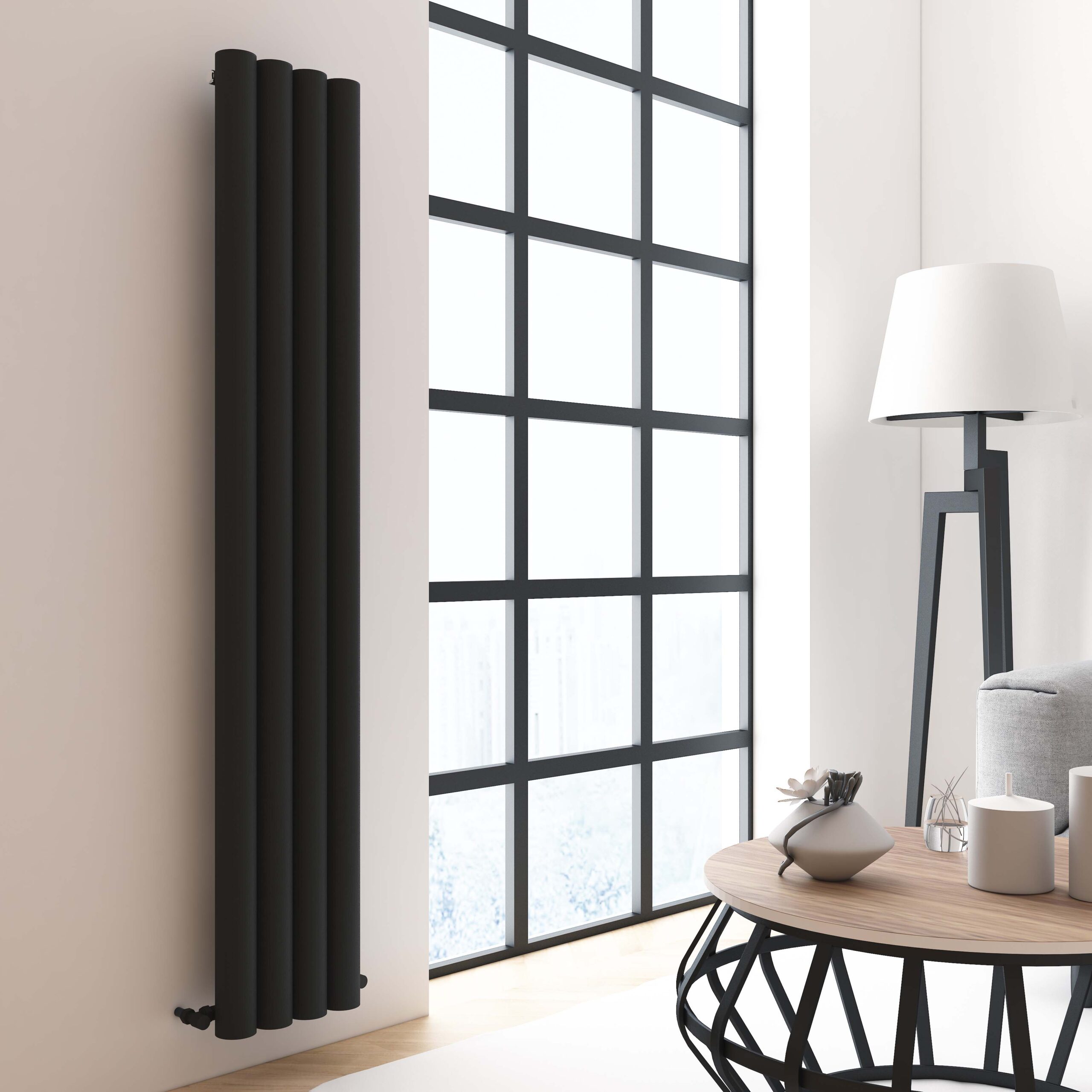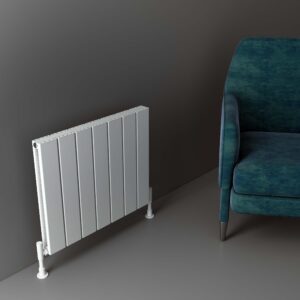The Ultimate Mystery: What Are Radiators Made Of?

Radiators are heating appliances that are found in almost every modern home, office, and building. They are designed to keep us warm and provide comfort. But have you ever wondered what radiators are made of and how they work? In this section, we will delve into the materials used in radiators, the components that make up a radiator, and the different types of metals used in their construction. By understanding these details, we can gain a deeper appreciation for these essential heating devices.
Key Takeaways
- Radiators are heating appliances found in homes, offices, and buildings.
- They are made up of various materials, including metals like cast iron, aluminium, and copper.
- The main component of a radiator is the heat exchanger, responsible for transferring heat.
- Understanding radiator materials can help us appreciate the importance of these devices in providing comfort.
- There are different types of metals used in radiator construction, each with its advantages and disadvantages.
The Materials Used in Radiators
Radiators are complex heating appliances that rely on various materials to function effectively. Understanding the materials used in radiator construction is key to appreciating their performance and durability. In this section, we will explore the different components and materials that make up a radiator, from the heat exchanger to the outer casing.
Heat Exchanger
The heat exchanger is the heart of a radiator, responsible for transferring heat from the hot water or steam to the surrounding air. Commonly made from metals with excellent heat conductivity properties, such as cast iron, aluminum, and copper, the heat exchanger ensures efficient heat transfer. Each metal has its own advantages and characteristics, making them suitable for different applications.
“Copper is an ideal material for heat exchangers due to its excellent thermal conductivity and corrosion resistance,” says John Smith, a renowned HVAC expert. “On the other hand, cast iron has a high heat capacity, making it perfect for maintaining a consistent temperature in larger spaces.”
Outer Casing
The outer casing of a radiator is typically made from materials that combine functionality and aesthetics. Steel is a popular choice due to its strength and durability, allowing for the creation of sleek and modern designs. Additionally, steel can withstand high temperatures and provides good corrosion resistance, ensuring the longevity of the radiator.
Other Components
In addition to the heat exchanger and outer casing, radiators also contain various other components made from different materials. These include valves, fins, and brackets. Valves, usually made from brass or stainless steel, control the flow of hot water or steam through the radiator. Fins, commonly made from aluminium or steel, increase the surface area of the radiator, maximizing heat dissipation. Brackets, often made from steel or cast iron, provide structural support and secure the radiator to the wall.
| Component | Material |
|---|---|
| Heat Exchanger | Cast Iron, Aluminium, Copper |
| Outer Casing | Steel |
| Valves | Brass, Stainless Steel |
| Fins | Aluminium, Steel |
| Brackets | Steel, Cast Iron |
By carefully selecting and combining these materials, radiator manufacturers create heating devices that are both efficient and visually appealing. The choice of materials depends on factors such as the desired heat output, size of the space, and design preferences. Whether it’s a traditional cast iron radiator or a sleek modern design, understanding the materials used is crucial to fully appreciate the performance and aesthetics of these essential heating appliances.
The Types of Metals Used in Radiator Construction
When it comes to the construction of radiators, various types of metals are utilized, each with its own unique characteristics. These metals play a crucial role in determining the efficiency and durability of the radiator.
One common metal used in radiator manufacturing is cast iron. Its exceptional strength and heat retention properties make it an ideal choice. Cast iron radiators are known for their ability to provide steady and consistent heat, ensuring a comfortable environment in your space.
Another popular metal used in radiator fabrication is aluminium. Aluminium radiators offer excellent heat transfer capabilities, allowing them to heat up quickly and efficiently. Additionally, aluminium is lightweight and corrosion-resistant, making it a durable and long-lasting option for radiator construction.
Copper is yet another metal commonly employed in radiator manufacturing. Copper radiators are valued for their superior heat conductivity, allowing for efficient heat transfer. Moreover, copper is highly resistant to corrosion, contributing to the longevity of the radiator.
By understanding the different types of metals used in radiator construction, we can appreciate the thought and engineering that goes into creating these essential heating devices. Whether it’s the strength of cast iron, the efficiency of aluminium, or the conductivity of copper, each metal brings its own unique properties to ensure effective heating in our homes and buildings.
FAQ
What materials are radiators made of?
Radiators are typically made from a combination of different materials, including metals such as cast iron, aluminium, or copper.
What is the main component of a radiator?
The main component of a radiator is the heat exchanger, which is responsible for transferring heat from the hot water or steam to the surrounding air.
Why are metals like cast iron, aluminium, and copper used in radiator construction?
These metals have excellent heat conductivity properties, making them ideal for efficient heat transfer in radiators.
Are there different types of metals used in radiator construction?
Yes, there are different types of metals used in radiator construction, with each type offering its own advantages and disadvantages.
Can you provide examples of radiator manufacturing materials?
Examples of radiator manufacturing materials include cast iron, aluminium, copper, and various alloys.
What are the benefits of using cast iron in radiator construction?
Cast iron radiators are known for their durability and ability to retain heat for longer periods, providing a consistent and comfortable heat output.
Why is aluminium a popular choice for radiator construction?
Aluminium radiators are lightweight, corrosion-resistant, and have excellent heat transfer properties, making them energy-efficient and cost-effective.
What are the advantages of using copper in radiator construction?
Copper is highly conductive and has superior heat transfer capabilities, allowing radiators made from copper to heat up quickly and efficiently.
Take Action Now!
Explore our best-selling radiators in the UK and choose one that fits your budget and requirements. Don’t settle for a subpar heating system and upgrade your home heating with the best selling radiators today. Your comfort, energy bills, and the environment will thank you. Find government heating help and grant for more information




